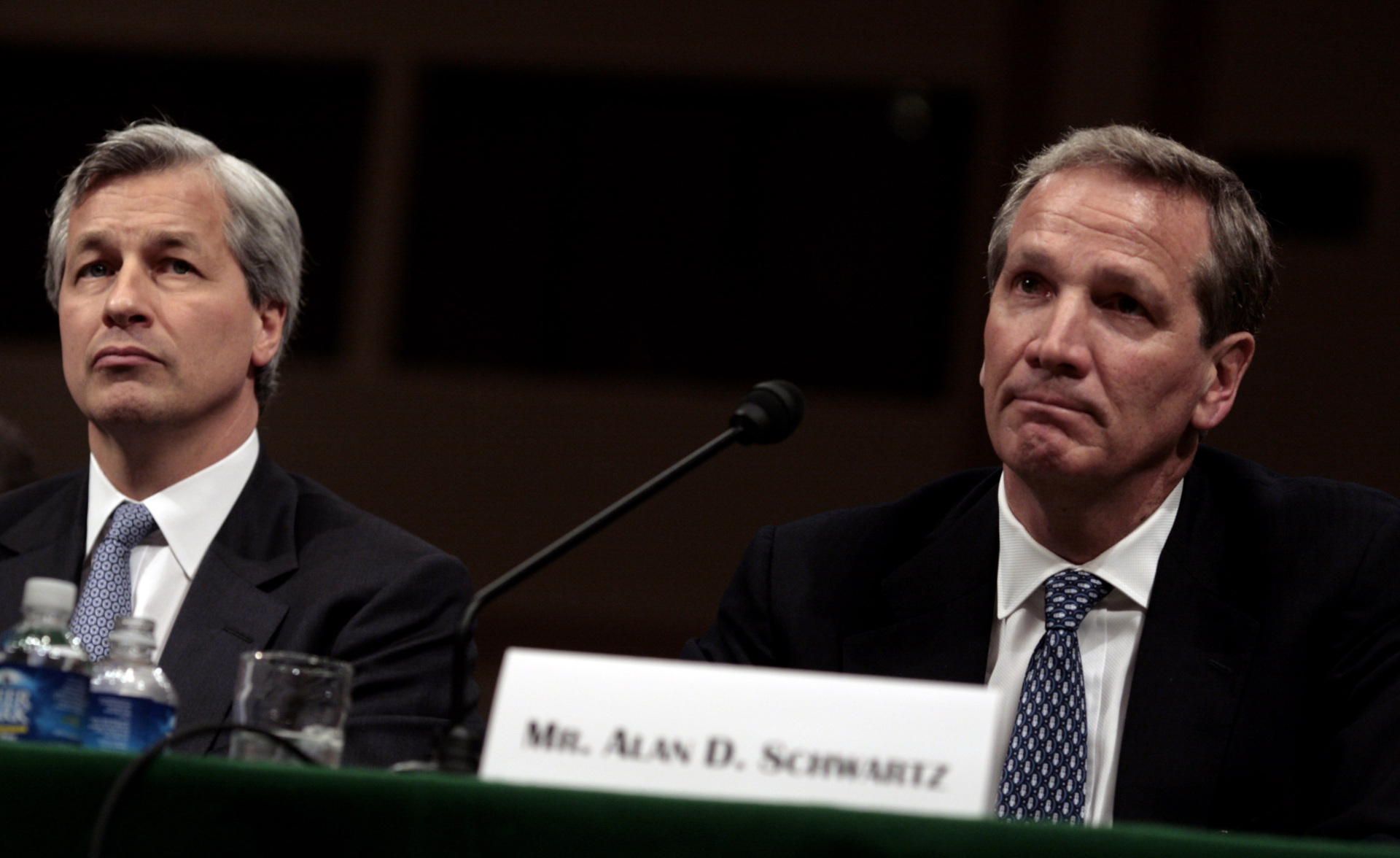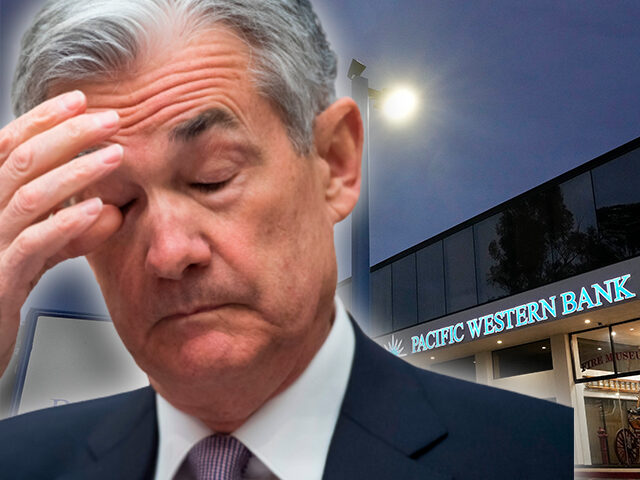When Banks Talk About Solid Liquidity, Look Out Below
To put it lightly: Jerome Powell is not having a good week.
Shares of PacWest Bancorp plunged about an hour after the Federal Reserve chairman finished his press conference yesterday. Soon afterward, shares of many U.S. regional banks were indicated down steeply in after-hours trading. Although PacWest hoped to calm investors by issuing reassuring statements last night, their shares were down by nearly 60 percent after the first hour of trading this morning.
The market seems to be in full panic mode. What set off the sell-off on Wednesday evening was a relatively anodyne report that PacWest was “weighing strategic options,” which could include a sale of the bank or even a break-up. Normally, news that a company is considering a sale pumps up its share price. But in the midst of a crisis on confidence for banks, this has the opposite effect. Investors figure you are not selling because you want to, but because you have to.
Similarly, the market seemed to have interpreted PacWest’s attempt to be reassuring as a sign of weakness.
“The bank has not experienced out-of-the-ordinary deposit flows following the sale of First Republic Bank and other news,” PacWest said in a statement. “Our cash and available liquidity remains solid and exceeded our uninsured deposits.”
Based on the share price falling from $6.00 to $3.00 overnight, the market appears to have interpreted this as sign of potential collapse. Just like they did in 2008, the market now reads all talk about having plenty of liquidity as meaning the opposite.
Memories of 2008
Many on Wall Street recall that on March 13, 2008, Bear Stearns Chief Executive Alan Schwartz went on CNBC to dispute widespread speculation that the investment bank faced a cash shortage.
“We don’t see any pressure on our liquidity, let alone a liquidity crisis,” he said.
That was a Wednesday. Over the following weekend, Bear Stearns had to be rescued by JPMorgan Chase with support from the Federal Reserve.

JP Morgan CEO James Dimon (left) and Bear Stearns CEO Alan Schwartz (right) testify before Congress on April 3, 2008. (Melina Mara/The Washington Post via Getty Images)
Another familiar feature from 2008 is contagion. There’s no good reason a report on PacWest should set off a plunge in shares of Western Alliance, but its stock was down by as much as 62 percent.
It’s hard not to agree with hedge fund manager Bill Ackman.
“Banking is a confidence game. At this rate, no regional bank can survive bad news or bad data as a stock price plunge inevitably follows, insured and uninsured deposits are withdrawn and ‘pursuing strategic alternatives’ means an FDIC shutdown over the coming weekend. And there is no incentive to bid until Sunday after the failure,” Ackman tweeted. “Confidence in a financial institution is built over decades and destroyed in days. As each domino falls, the next weakest bank begins to wobble. Until investors are rewarded for betting on a wobbling bank, there will be no bid, and the best sale is the last price.”
Fed Credibility Smashed
This was especially humiliating for Powell because he actually began his press conference by talking up the health of the banking sector.
“Good afternoon. Before discussing today’s meeting, let me comment briefly on recent developments in the banking sector,” Powell said. “Conditions in that sector have broadly improved since early March, and the U.S banking system is sound and resilient.”
Later, Powell was even more explicit about declaring the banking crisis over:
There were three large banks, really, from the very beginning that were at the heart of the stress that we — that we saw in early March, the severe period of stress. Those have now all been resolved, and all the depositors have been protected. I think that the resolution and sale of First Republic kind of draws a line under that period of — is an important step toward drawing a line under that period of severe stress.
The fact that the market reacted to this with a rout in bank stocks raises serious questions about Powell’s credibility. And since much of what central banks do depends on credibility, this raises questions about Powell’s ability to be an effective leader of the Fed.
Just like you cannot be half-pregnant, you cannot really be half-credible. So, it is no surprise that markets that doubt Powell has a reliable and accurate view of the banks also doubt his insistence that the Fed will not pivot to cutting rates in the months ahead or that the U.S. economy is likely to avoid a recession.
The math is brutal. At the meeting prior to this week’s, the Fed released its Summary of Economic Projections. These showed the median view of Fed officials was for a December federal funds rate to be around 5.1 percent—right where it is now. The market is currently pricing in no chance of that and less than a one percent chance of a target rate range of 4.75 percent to five percent. The next notch down is basically given just an 11 percent chance. Instead the market favors a range of between 4.25 percent and 4.50 percent or even four percent to 4.25 percent.

COMMENTS
Please let us know if you're having issues with commenting.